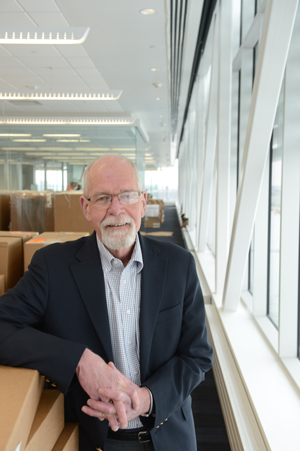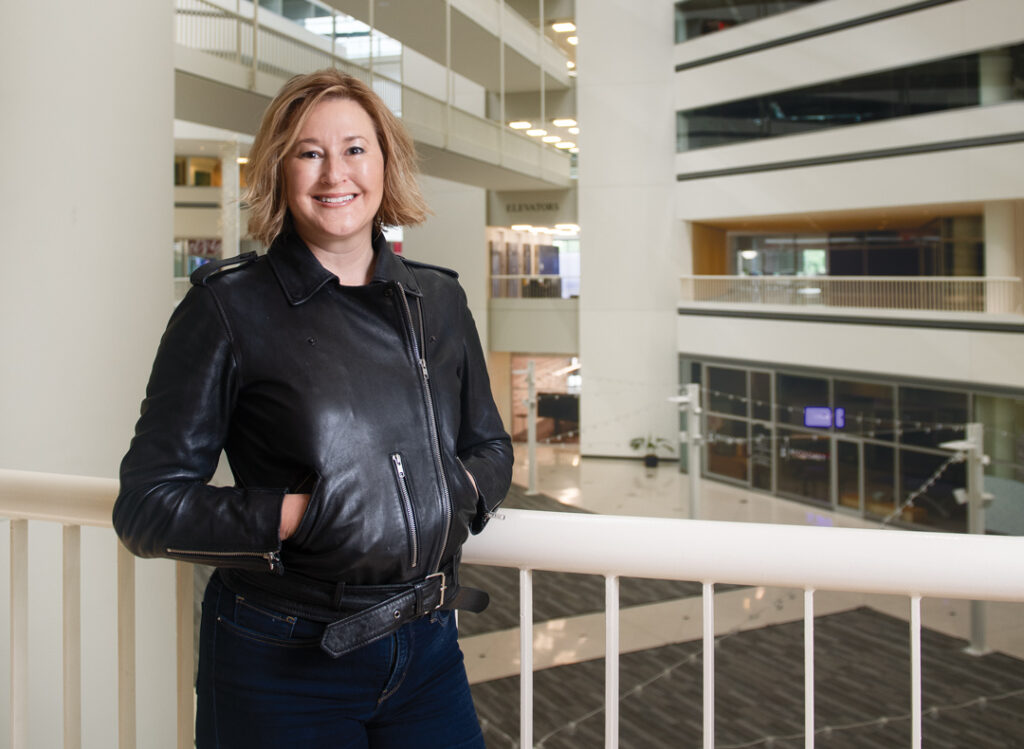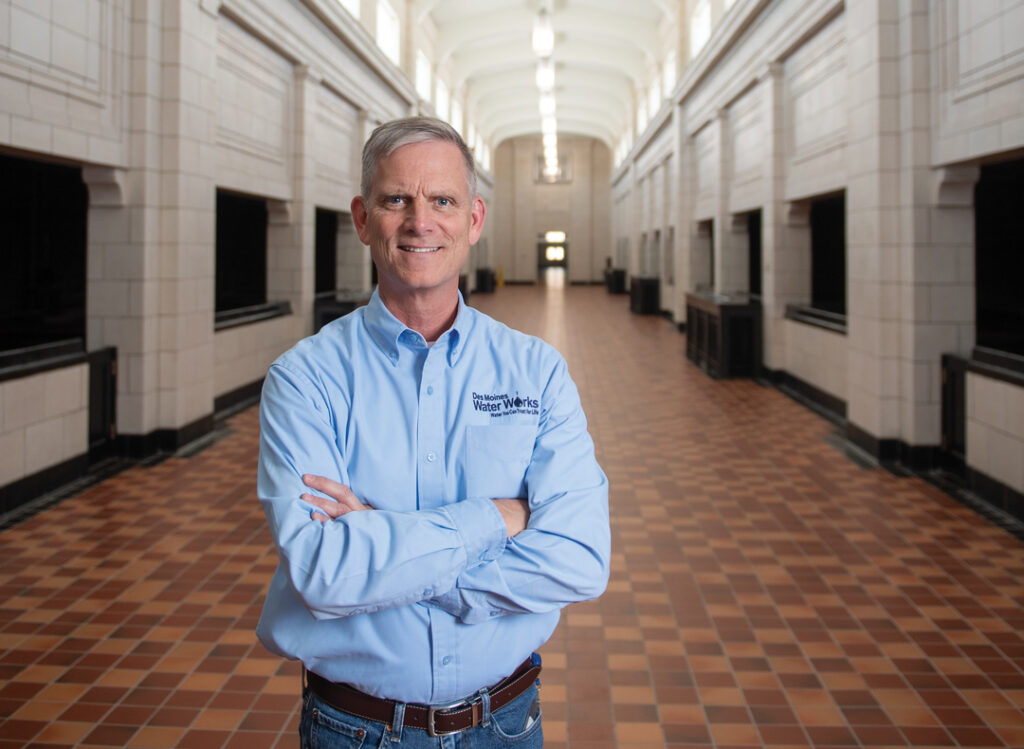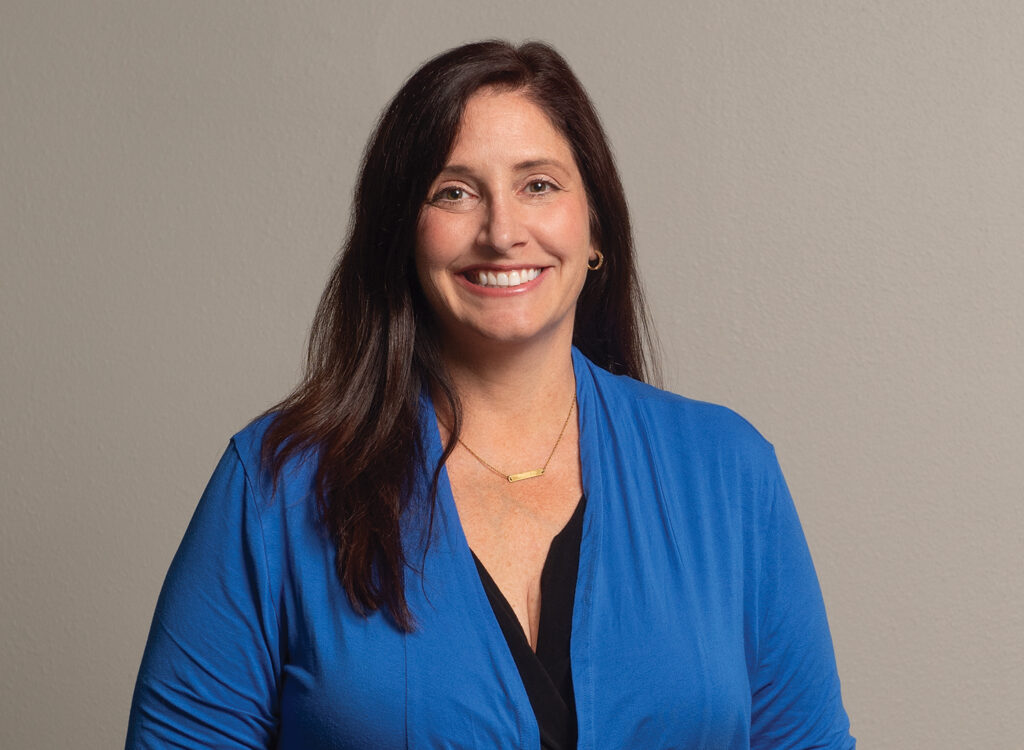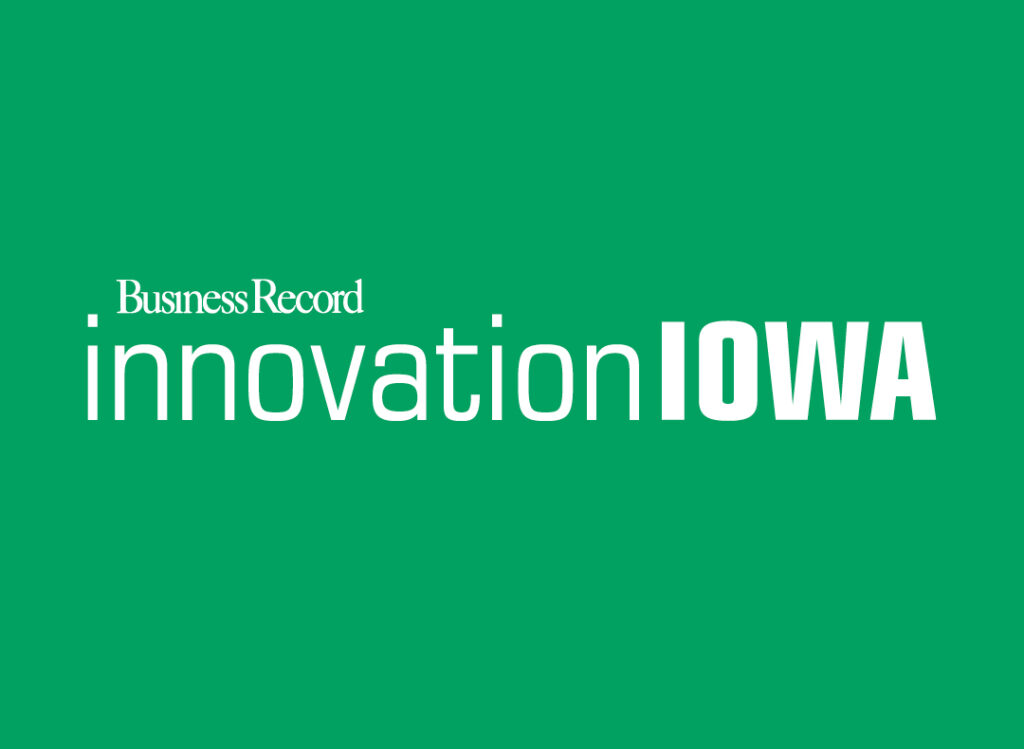A new stage in innovation
ISU Research Park expansion caters to millennials with jobs, food, recreation

BPC Staff Dec 10, 2015 | 10:39 pm
8 min read time
1,920 wordsBanking and Finance, Business Record Insider, InsuranceIowa State University Research Park started in 1987 on the edge of town, not far from Iowa State University but next to cornfields and the Ames airport.
The 220-acre park — home to companies that are making international news with their work to prevent cancer, Ebola and bird flu — now is working on an expansion that will nearly double its size.
The additional 200 acres will feature greenways, restaurants, trails, shared workspaces, a spa, better bike and pedestrian traffic, and a Hub Square commons with recreation, retail, offices and services.
There is a clear strategy in play here.
Today’s technology workers — high in demand and easy to lose to a competitor offering better pay, benefits and perks — want to be able to live, work and play near their business, said Steven Carter, president of the nonprofit Iowa State University Research Park Corp.
“As we talked to the companies and their employees, what we came to understand is they want a place they can work. They want a place where they can recreate and take care of their other needs. They want a set of amenities that we don’t have currently,” he said.
At the same time, Carter said, it was clear that the park — home to the likes of productivity platform creator Workiva Inc. and cancer and Ebola vaccine developer NewLink Genetics Corp. — was running out of room.
A park that started with a single 25,000-square-foot building is now pushing 600,000 square feet of office and laboratory space and needs more, Carter added.
A campus that early on had a combined workforce of 200 grew to 700 five years ago and now stands at about 1,600 workers. Projections call for 6,000 workers as the second, southern section of the park develops over the next 10 to 15 years. Already, there are some 80 companies at the park.
“We are driving significant growth at a rate that we have never experienced,” Carter said. And that, he added, bodes well as the park pushes south.
“Critical mass breeds credibility and development over time,” Carter said.
The result?
Already in the works are 21 new lots for businesses, a new main site for the Ames Racquet and Fitness Center, plus trails and swaths of prairie. The move toward services also will get a boost on the northern, established part of the park with the 2017 opening of The Cafe, a branch of one of Ames’ most popular restaurants.
Focus groups found that workers want child care, recreation, food and other services near their offices, Carter said. So the park may push farther to the south in the future.
The research park plans to add to its series of concerts, seminars, lunch-and-learn sessions, art markets, hackathons and information technology collaboration to build community and to draw residents down for a look, said park marketing manager Alison Doyle. There is talk of organized bicycling and running events too.
“We are trying to make more collaboration happen,” Doyle said. It doesn’t hurt that one of the main streets in the park will be Collaboration Place.
The new development will be more dense too, with the blessing of Ames city officials. Buildings could be three or four stories, rather than the one or two in the older section.
RDG Planning & Design and FOX Engineering Associates Inc. came up with early plans to thread streams and 30 acres of prairie through parts of the new section. Trails will make it easier to get to the northern businesses.
Carter said the work will build on one of the park’s biggest selling points: the presence of high-powered researchers who can collaborate among themselves, and with ISU researchers and students.
Carter has noticed a change in recent years. “Seven or eight years ago, people were coming because of ISU research,” he said.
Now, companies are even more interested in the stream of students coming out of ISU, a ready workforce in a state that struggles to serve up enough tech grads, Carter said. “Now, by far and away, it is talent-driven,” he added, describing companies’ decisions on where to locate.
ISU President Steven Leath told visiting Des Moines business representatives that about half the students making up the university’s record enrollment are in science, technology, engineering, mathematics or other technical fields.
Workiva takes advantage of that, averaging 80 ISU interns at a time. The company hopes to hire many of them, with plans to add hundreds of employees in Ames.
Some recent news as $50 million in construction continues:
— A new geothermal-heated building will house all of ISU’s economic development offices in one place for the first time, coordinated by Michael Crum, vice president for economic development and business engagement. It will be called the Iowa State University Economic Development Core building, and it will also house the ISU Research Park offices. “It’s intended to be the front door,” Doyle said.
— The research park is building its own 35,880-square-foot building and will lease about 23,000 square feet to Vermeer Corp. for its Applied Technology Hub.
— Workiva, which started with 10 people in 2,000 square feet in 2008, now has 450 employees in 120,000 square feet.
— Boehringer Ingelheim Vetmedica Inc., working on animal vaccines, is building a new facility at the park and will double its workforce at the park.
— NewLink Genetics received $20 million from Merck & Co. for reaching a milestone on the development of an Ebola vaccine.
— Merck also announced last month that it would buy another ISU Research Park business, Harrisvaccines Inc., which has developed a bird flu vaccine.
Carter said the park’s companies have flourished, in part because they could pay for time on university equipment instead of coming up with hundreds of thousands of dollars to buy comparable hardware.
The improvements continue. On the west edge of the park, a new stretch of University Avenue will feature the “complete street” model of a narrowed, three-lane street with bike lanes. To the west of that, local developers plan housing, giving park employees living options near work.
The tech world seems to like what it sees.
While some companies have formed at the park and then left the state, that doesn’t happen much anymore, Carter said. And much of the growth involves companies that are already in the park.
“We are very relationship-based,” Carter said. “We are in constant contact. We aren’t just a real estate developer. We are primarily here to help those companies pursue success.”
Leath said the economic development momentum in the park, and elsewhere, is beyond what the university has seen in the past. And ISU is doing its part by focusing more intently on economic development, he added.
“We’ve probably never pushed the economic development, the commercialization of our research any more aggressively or liberally as we have now,” he said.
Which is, in Leath’s opinion, right where ISU wants to be.
“As one of the better land-grant institutions in the country, this is what we need to be doing with this research,” he said. “Improving the quality of life, creating jobs, saving jobs and moving the economy of the state forward is near and dear to my heart and should be part of the land-grant mission.”
Leath said he hopes the park’s new perks will keep the companies in Ames, or at least in Iowa. “I’m fine if the companies spin out into Iowa,” he told visiting business representatives. “It’s part of our job to create jobs all over Iowa. But we want to keep them here in Iowa.”
Coming to the ISU Research Park
— The Iowa State University Economic Development Core building is under construction and slated to open in mid-2016 in a new area called Hub Square.
— Iowa State University Research Park will open a new building early next year, leasing two-thirds of it to the Vermeer Applied Technology Hub.
— Boehringer Ingelheim Vetmedica Inc.’s new building is expected to be done Dec. 31.
— The Cafe plans to open its new restaurant in February 2017 with catering, takeout and a coffee shop.
— The Ames Racquet and Fitness Center is expected to open in early 2017. Studio7 Salon and Spa also will be in the building.
North Carolina’s advice for developing Iowa’s Cultivation Corridor:
1. Answer these questions: Who are you? What do you believe in? What are your commitments? What do you stand for?
2. Don’t immediately put yourself up against the Research Triangle or Boston or Beijing.
3. Look for ways to inspire.
4. Reduce barriers to entry.
Source: Bob Geolas, president and CEO of the Research Triangle Park
North Carolina’s Research Triangle Park, looks to new age with expansion
When Capital Crossroads was spawning the Cultivation Corridor, the talk often turned to North Carolina’s Research Triangle Park, one of the nation’s oldest and most prominent research centers.
Now, Iowa State University Research Park and The Research Triangle Park are both expanding with similar goals: to offer a broader mix of services near the tech-infused businesses.
The North Carolina park is converting from a truly suburban techie outpost sans services to a millennial’s dream mix of high-paying jobs with restaurants and other perks nearby.
Bob Geolas, president and CEO of The Research Triangle Park, said the park has been famous for some of its giant tenants, among them Siemens Corp., Cisco Systems Inc., Honeywell International Inc., Johnson Controls Inc., AT&T Inc. and Verizon Wireless. But 60 percent of the 220 companies there have 20 or fewer employees.
“Everything from Astroturf to Ebola vaccines to things that go into space goes on here,” Geolas said.
Many of the employees of the various companies in the park have made it clear they want a collaborative, urban feel to the campus, Geolas said. But not necessarily another downtown.
“We get caught up with term urbanity,” Geolas said. “Urban is one way to foster innovation and collaboration, but it is not the only way.”
“We don’t want it to be downtown,” he added. “But we need a collaborative space. The most collaborative park space with a somewhat urban experience.”
So the park is getting a $50 million expansion, with money from the Research Triangle Foundation, a tax district and Durham County. Plans call for 300,000 square feet of retail, with restaurants, bars, groceries, movie theaters, hair salons and housing for workers of all pay grades.
The idea is to foster collaboration, incorporate natural landscapes, inspire workers and improve accessibility.
This phase, called Park Center, will cover 100 acres, and there will be more expansions later, Geolas said.
The new area will be quite different from the original park.
“When the park was created, it was a very forward-thinking, suburban park,” Geolas said. “Mom and dad lived in the suburbs and drove into campus, and went back. It was never envisioned to be a place where you could live or grab a cup of coffee. We’re half the size of Manhattan, and you can’t buy a Starbucks anywhere.”
With the new layout, “you could come here and spend all day” at art shows, concerts or seminars, Geolas said.
Site work will begin Jan. 1, including tearing down the old buildings now in the expansion area.
It’s a different vibe from when North Carolina Gov. Luther Hodges announced plans for the original park in 1956. The current crew took black-and-white footage of Hodges describing the Triangle and superimposed messages in color, with a hip-hop soundtrack, to help spice up the recent announcement that the $50 million had been raised.

